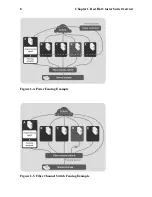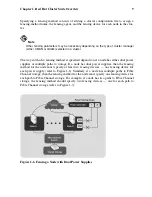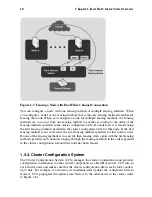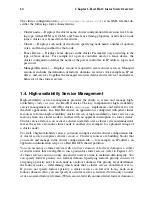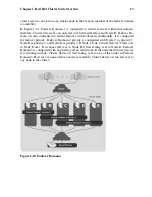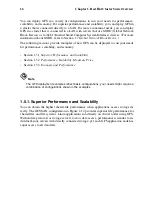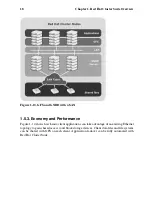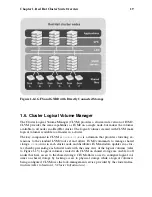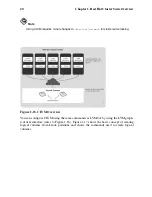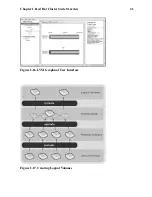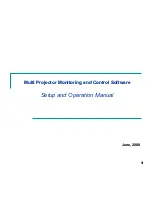
16
Chapter 1. Red Hat Cluster Suite Overview
You can deploy GFS in a variety of configurations to suit your needs for performance,
scalability, and economy. For superior performance and scalability, you can deploy GFS in
a cluster that is connected directly to a SAN. For more economical needs, you can deploy
GFS in a cluster that is connected to a LAN with servers that use
GNBD
(Global Network
Block Device) or to
iSCSI
(Internet Small Computer System Interface) devices. (For more
information about GNBD, refer to Section 1.7
Global Network Block Device
.)
The following sections provide examples of how GFS can be deployed to suit your needs
for performance, scalability, and economy:
•
Section 1.5.1
Superior Performance and Scalability
•
Section 1.5.2
Performance, Scalability, Moderate Price
•
Section 1.5.3
Economy and Performance
Note
The GFS deployment examples reflect basic configurations; your needs might require a
combination of configurations shown in the examples.
1.5.1. Superior Performance and Scalability
You can obtain the highest shared-file performance when applications access storage di-
rectly. The GFS SAN configuration in Figure 1-12 provides superior file performance for
shared files and file systems. Linux applications run directly on cluster nodes using GFS.
Without file protocols or storage servers to slow data access, performance is similar to in-
dividual Linux servers with directly connected storage; yet, each GFS application node has
equal access to all data files.
Summary of Contents for CLUSTER SUITE - FOR RHEL 4
Page 1: ...Red Hat Cluster Suite for RHEL 4 Overview ...
Page 4: ......
Page 10: ...vi About This Document ...
Page 47: ...Chapter 1 Red Hat Cluster Suite Overview 37 Figure 1 25 Cluster Configuration Structure ...
Page 62: ...52 Chapter 1 Red Hat Cluster Suite Overview ...
Page 72: ...62 Chapter 2 Red Hat Cluster Suite Component Summary ...







